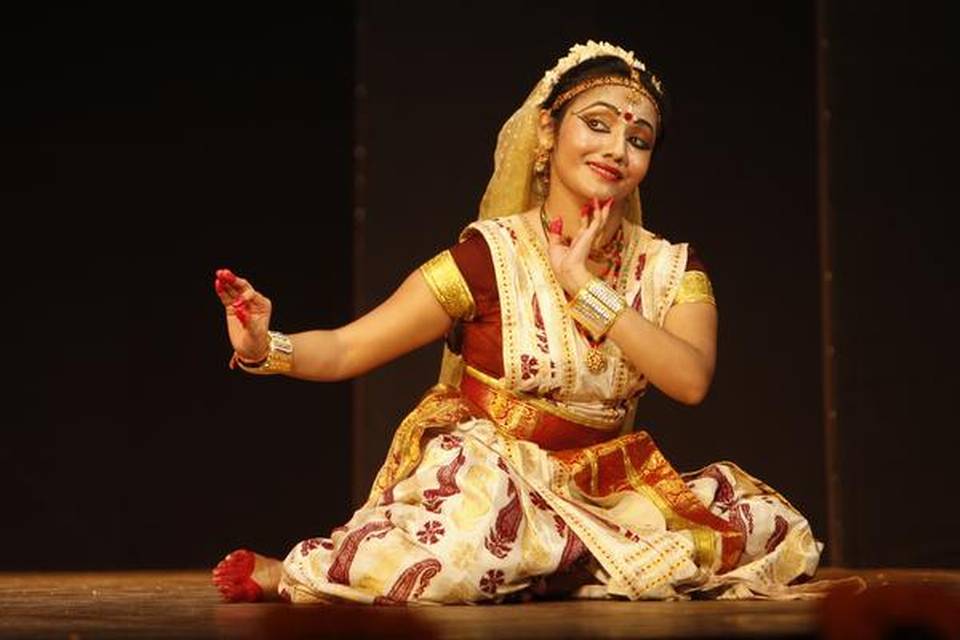Sattriya Dance | 07 Dec 2019
Why in News
Dance historian Dr. Sunil Kothari has recently been bestowed with the Madhabdev Award by the Government of Assam for popularising Sattriya dance.
Sattriya
- Origin
- Sattriya originated in Sattra, monastery, as a part of neo-Vaishnavite movement started by Srimanta Sankardev in Assam, in the 15th Century. He propagated the “ek sharan naama dharma” (chanting the name of one God devotedly).
- Classical Dance: Sattriya was given the status of a classical dance in the year 2000 by the Sangeet Natak Akademi. Other classical dances of India are : Bharatnatyam (Tamil Nadu), Kathakali (Kerala), Kuchipudi (Andhra Pradesh), Kathak (North India), Mohiniyattam (Kerala), Manipuri (Manipur) and Odissi (Odisha).
- Features
- Sattriya dances differ from other dance forms in its basic stance. For male it is known as Purush Pak while for female, Prakriti Pak. The dance is based on mythological themes.
- They have special mnemonic bols, typical Assamese music known as Borgeet, musical instruments like large cymbals, drums, colourful costumes, besides complicated choreographic patterns using various talas for each stanza sung by the vocalist.
- Corpus of Sattriya dances consists of ankiya bhaona and also Ojapali dances in which the main singer sings and enacts abhinaya, telling stories and a group of dancers dance as back up dancers playing small cymbals.
- Two Separate Streams
- One, the Bhaona-related repertoire starting from the Gayan-Bhayanar Nach to the Kharmanar Nach.
- Second, the dance numbers which are independent, such as Chali, Rajagharia Chali, Jhumura, Nadu Bhangi etc.
- Popular Artists
- Guru Jatin Goswami and Sharodi Saikia among others.
